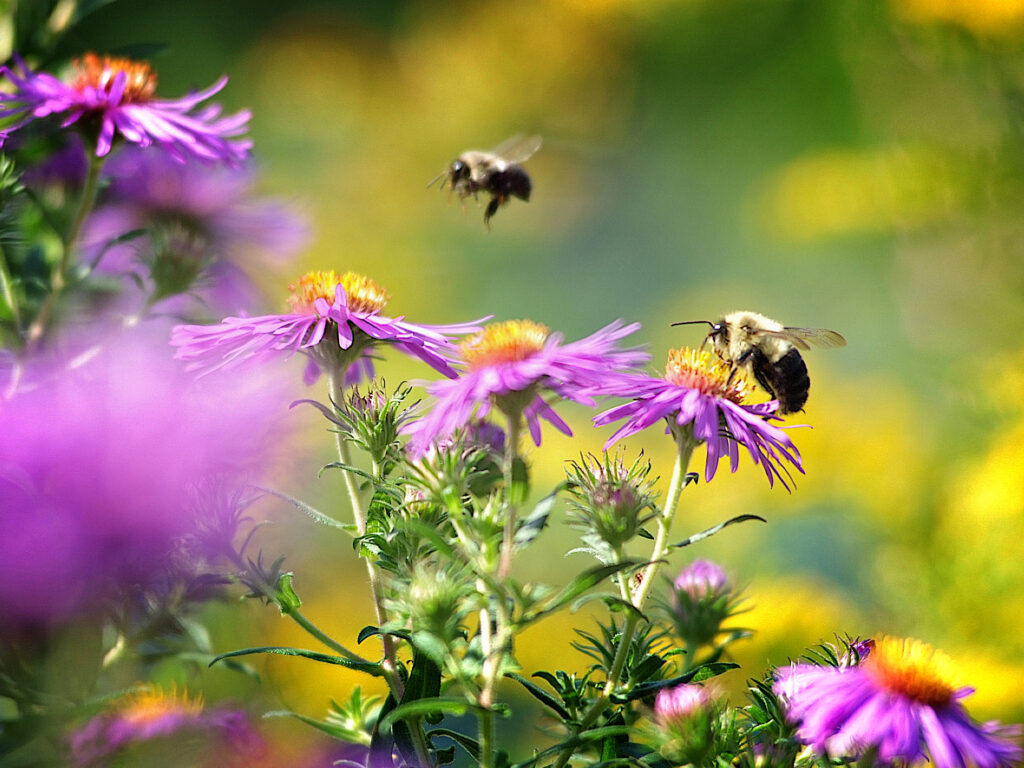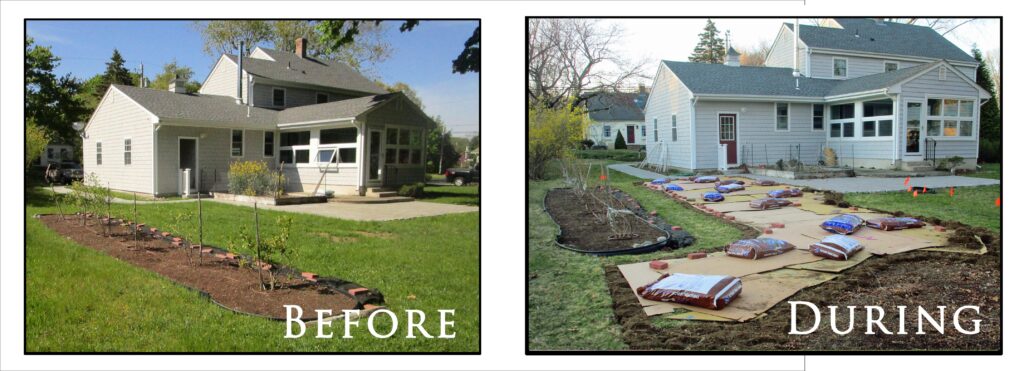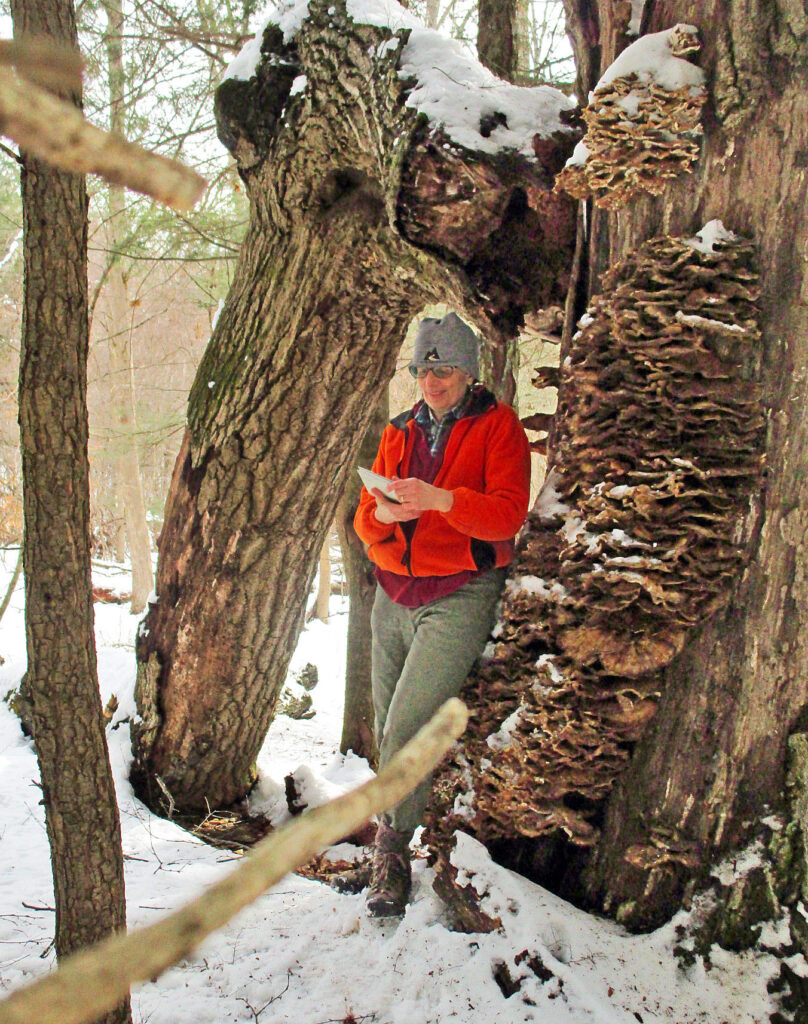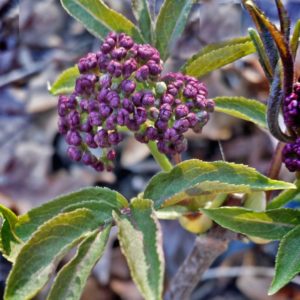How do you design a resilient landscape when our shared environment is under increasingly mounting stress? Here’s some of what I learned from landscape architect Lisa N. Cowan, PLA, SITES AP, at a Coastal Maine Botanic Garden class today.
Landscape Design for the Long Run
Resilient landscapes are designed from a holistic point of view, taking into account not just your property, but your neighborhood, community and region. The ingredients—including diverse plantings, efficient use and infiltration of water, habitat for people and wildlife, connection to the adjacent areas, small scale moments of nature, and climate change—combine to make a meaningful statement about resilience and shared values.
Because so much land has been disturbed for so many generations, every yard and every landscape matters, starting with yours. Your landscape can contribute to resilience and your lifestyle while supporting ecosystem structures and processes that provide us ecosystem services such as:
- Air quality
- Water quality and security
- Wetland integrity
- Biodiversity conservation
- Forest resilience
- Carbon sequestration
- Economic diversity
- Social and cultural well-being
From this big picture view, we work together to articulate your land use and resilience goals, evaluate the property, sketch out simple bubble diagrams and conceptual design sketches, fine tuning through discussion and further discovery until we have a plan that satisfies you.
Because a landscape is a living system, many variables come into play. We’ll need to be patient to see how the plan and implementation evolve over time, and adapt as necessary. Some level of maintenance will likely be required—depending on your goals—at least during the plant establishment period.
So, how do you want you make your landscape more resilient today? If you think we might be a good match, please get in touch and let’s talk it over!





